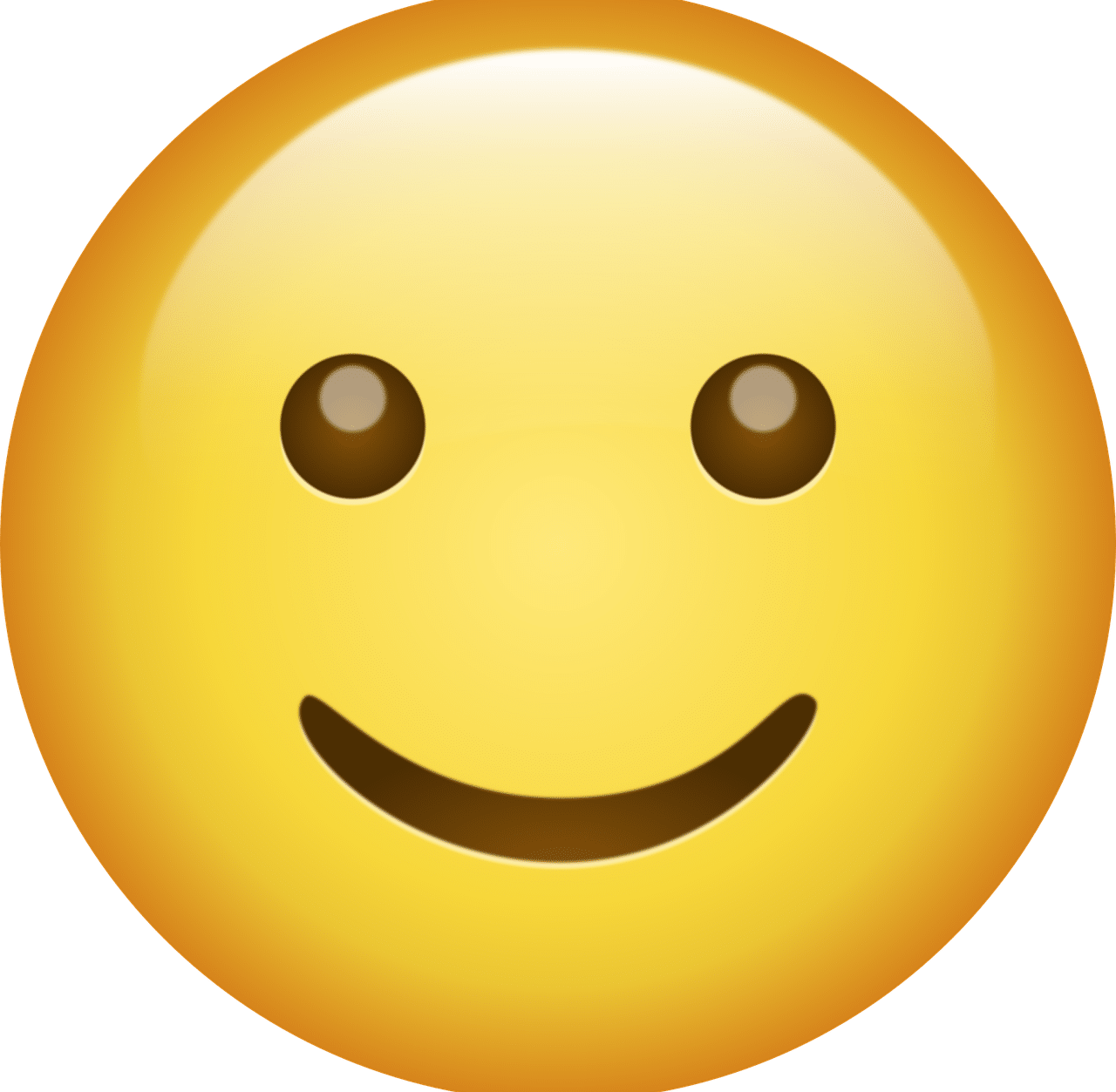
The art of emojis that has conquered so many areas has come to have support and visibility even in the Museum of Modern Art in New York (MoMA).
Emoji is a word of Japanese origin that, several years ago, has been adopted internationally to describe each icon or small drawing that appears on social networks and instant messaging services as a resource to symbolize a reaction or emotion .
Although in popular language this term is accepted and used as a synonym for emoticon , theory indicates that there are differences between the two. While emojis , say experts on the subject, are based on Unicode characters that are displayed as a color image that refer to someone's state, behavior or feeling , emoticons are created by combining punctuation marks to, for example , represent a smiling face , someone's face winking or a sad face .
These artistic creations are so present in the daily lives of millions of people, they are used on a mass level as a communication code that does not require words, that not long ago it was decided to exalt their existence by celebrating, every July 17, the World Emoji Day (i.e. World Emoji Day ).
This visual tool arrived on the big screen in 2017 using computer animation technique. "Emoji Movie" was the title of the American film that, judging by the sum of negative reviews, turned out to be a disappointment for thousands of viewers and critics.
Likewise, in 2019 the Fundación del Español Urgente (entity known as Fundéu BBVA ) recognized emoji and emoticons as Words of the Year .
History of emojis
The history of emojis has 1997 as a key year, since at that time they landed on mobile phones manufactured in Japan . An antecedent of these figures or pictograms was the heart that, two seasons earlier, was included as a symbol on the Pocket Bell company's pager device. It is also worth noting that in 1999 the first color emojis came to light, very simple tiny designs that were inspired by manga.
For the peak of popularity of emojis , however, we had to wait until approximately 2010 , by which time they were already included in various operating systems.
Fans of these artistic creations wait with anticipation for each modernization of the resource. In this regard, it is interesting to mention that, with some frequency, an organization known as the Unicode Consortium approves official lists with emoji updates .
Hearts, faces, flags, symbols... There are multiple categories and styles of emojis.
Categories and themes
Currently there is a wide variety of emoji categories and themes , as can be seen by observing the possibilities available on WhatsApp , Twitter and Instagram , for example.
Faces with different expressions; all kinds of objects, food and drinks; sports disciplines; elements of nature, landscapes and corners of the world; animal figures; symbols and flags enrich the set of these icons . If we focus on the group of trips and places , to indicate a specific alternative, we will discover everything from means of transportation to an island , a desert , a beach and a sunrise .
Among the novelties of recent times are emoji skin tone modifiers designed to cover the largest possible number of subjects depending on the origin and/or race of each one. This idea, like the creation and dissemination of the Pride Emoji , can be understood as part of the actions that reflect diversity and inclusion in emojis .
To allow the expression of emotions from a distance , the developers of this type of figures made available to users faces linked to happiness (with smiles or tears of joy , for example), sadness, anger, boredom, disappointment, boredom, etc.
The thumbs up , meanwhile, is the symbol that has been positioned as synonymous with "Like" and is the first of the options that is visible when wanting to generate a reaction on Facebook .

To measure consumer satisfaction or dissatisfaction with a product or service, many companies use a rating scale based on emojis, with a smiling face and/or a thumbs up or an angry face and/or a thumbs down.
Practical uses of emojis
The practical uses of emojis transcend the informal communications of people who connect with family, friends, clients, colleagues, bosses and even strangers via social networks or messaging services.
For example, all kinds of emoji objects have been manufactured to decorate (there are, among other products, sheets, pillows and pictures with a color emoticon design) and toys that look like yellow faces . Items of clothing and even female nails also show off those famous faces.
Emojis in education , on the other hand, have been gaining ground in capturing the attention of younger generations of students. Thus, there is everything from pedagogical content illustrated with these drawings to a grading system that teachers adopted to, using faces with different expressions and various symbols, reflect the performance of each student.
It is also common to see the deployment of emojis in marketing and advertising given that many companies seek to reach a young audience, arouse empathy, convey an idea of closeness with the audience and seek to establish a two-way communication level. Contacting a potential consumer using a smiling face, to describe a possibility, predisposes the recipient to a positive reaction, minimizing the percentage of disinterest or initial rejection.
